Increasing Vehicle Production
The Asia Pacific Automotive Lubricants Market is experiencing a notable surge in vehicle production, driven by rising consumer demand and economic growth in the region. Countries such as China and India are leading this trend, with China being the largest automotive market globally. In 2025, vehicle production in Asia Pacific is projected to reach approximately 40 million units, which significantly boosts the demand for automotive lubricants. This increase in production not only enhances the need for lubricants but also encourages manufacturers to innovate and develop high-performance products tailored to the specific requirements of modern engines. Consequently, the growth in vehicle production is a critical driver for the Asia Pacific Automotive Lubricants Market, as it directly correlates with the consumption of various lubricant types, including engine oils, transmission fluids, and greases.
Expansion of Automotive Aftermarket
The Asia Pacific Automotive Lubricants Market is significantly influenced by the expansion of the automotive aftermarket sector. As the number of vehicles on the road continues to grow, the demand for aftermarket services, including oil changes and lubricant replacements, is also increasing. In 2025, the automotive aftermarket in Asia Pacific is projected to reach a valuation of over USD 200 billion, indicating a robust growth trajectory. This expansion is fostering a competitive environment where lubricant manufacturers are compelled to innovate and offer a diverse range of products to meet the varying needs of consumers. Additionally, the rise of e-commerce platforms is facilitating easier access to automotive lubricants, further propelling market growth. Therefore, the expansion of the automotive aftermarket serves as a crucial driver for the Asia Pacific Automotive Lubricants Market, as it enhances the overall demand for lubricants.
Government Regulations and Standards
The Asia Pacific Automotive Lubricants Market is shaped by stringent government regulations and standards aimed at improving vehicle emissions and fuel efficiency. Various countries in the region are implementing policies that mandate the use of low-viscosity and environmentally friendly lubricants. For instance, regulations in countries like Japan and South Korea are pushing manufacturers to develop lubricants that comply with these standards. In 2025, it is anticipated that the demand for eco-friendly lubricants will account for a significant portion of the market, potentially reaching 30% of total lubricant sales. This regulatory landscape not only drives innovation in lubricant formulations but also encourages manufacturers to invest in research and development to create products that meet these evolving standards. Consequently, government regulations and standards are a vital driver for the Asia Pacific Automotive Lubricants Market.
Rising Awareness of Vehicle Maintenance
The Asia Pacific Automotive Lubricants Market is witnessing a growing awareness among consumers regarding the importance of regular vehicle maintenance. As vehicle owners become more informed about the benefits of using high-quality lubricants, there is an increasing tendency to invest in premium products that enhance engine performance and longevity. This trend is particularly evident in urban areas where vehicle ownership is on the rise. In 2025, it is estimated that the demand for automotive lubricants in the region will increase by approximately 5% annually, driven by this heightened awareness. Furthermore, educational campaigns and workshops conducted by automotive service providers are contributing to this trend, emphasizing the necessity of using appropriate lubricants for optimal vehicle performance. As a result, the rising awareness of vehicle maintenance is a significant driver for the Asia Pacific Automotive Lubricants Market.
Technological Innovations in Lubricant Production
The Asia Pacific Automotive Lubricants Market is benefiting from ongoing technological innovations in lubricant production processes. Advances in formulation technologies are enabling manufacturers to create high-performance lubricants that offer superior protection and efficiency. For example, the development of synthetic lubricants has revolutionized the market, providing enhanced thermal stability and reduced friction. In 2025, the market for synthetic lubricants in Asia Pacific is expected to grow by approximately 7%, reflecting the increasing preference for these advanced products. Additionally, innovations in packaging and distribution are improving the accessibility of lubricants to consumers. As manufacturers continue to invest in research and development, the introduction of new and improved lubricant formulations is likely to drive growth in the Asia Pacific Automotive Lubricants Market.


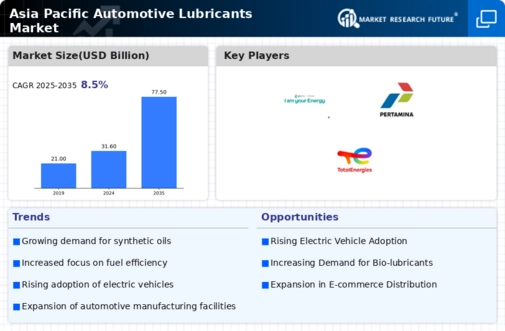
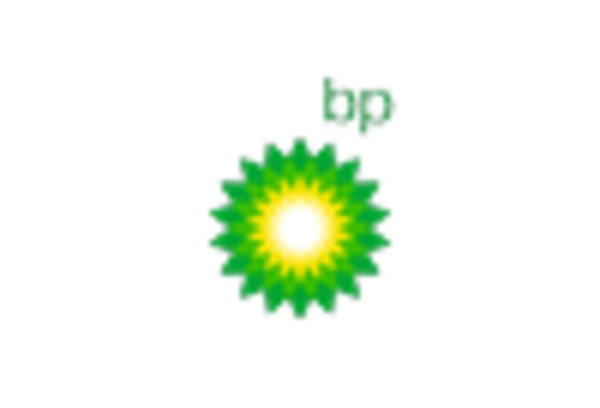
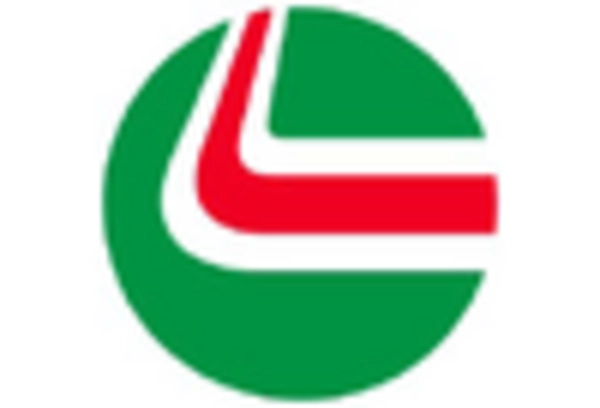
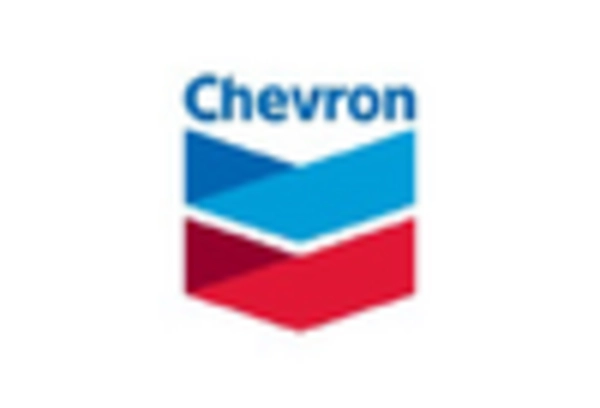

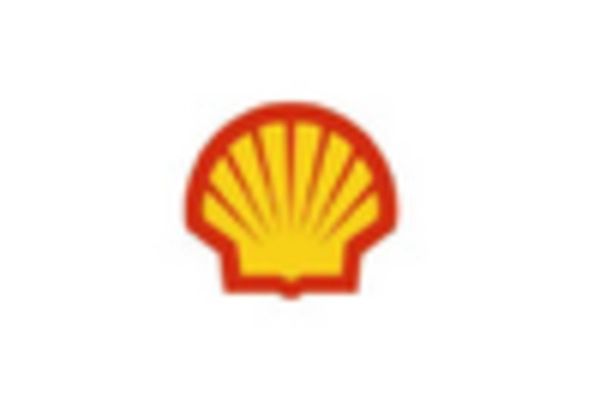









Leave a Comment